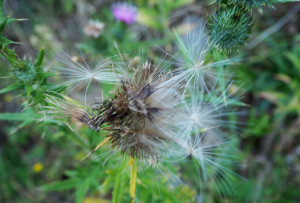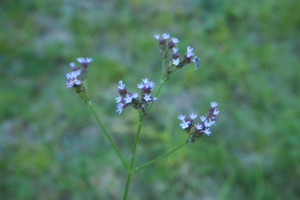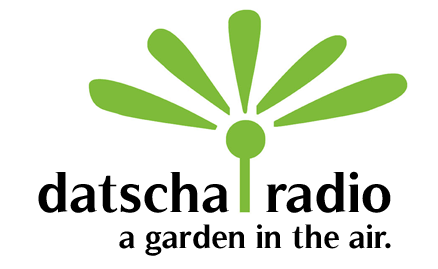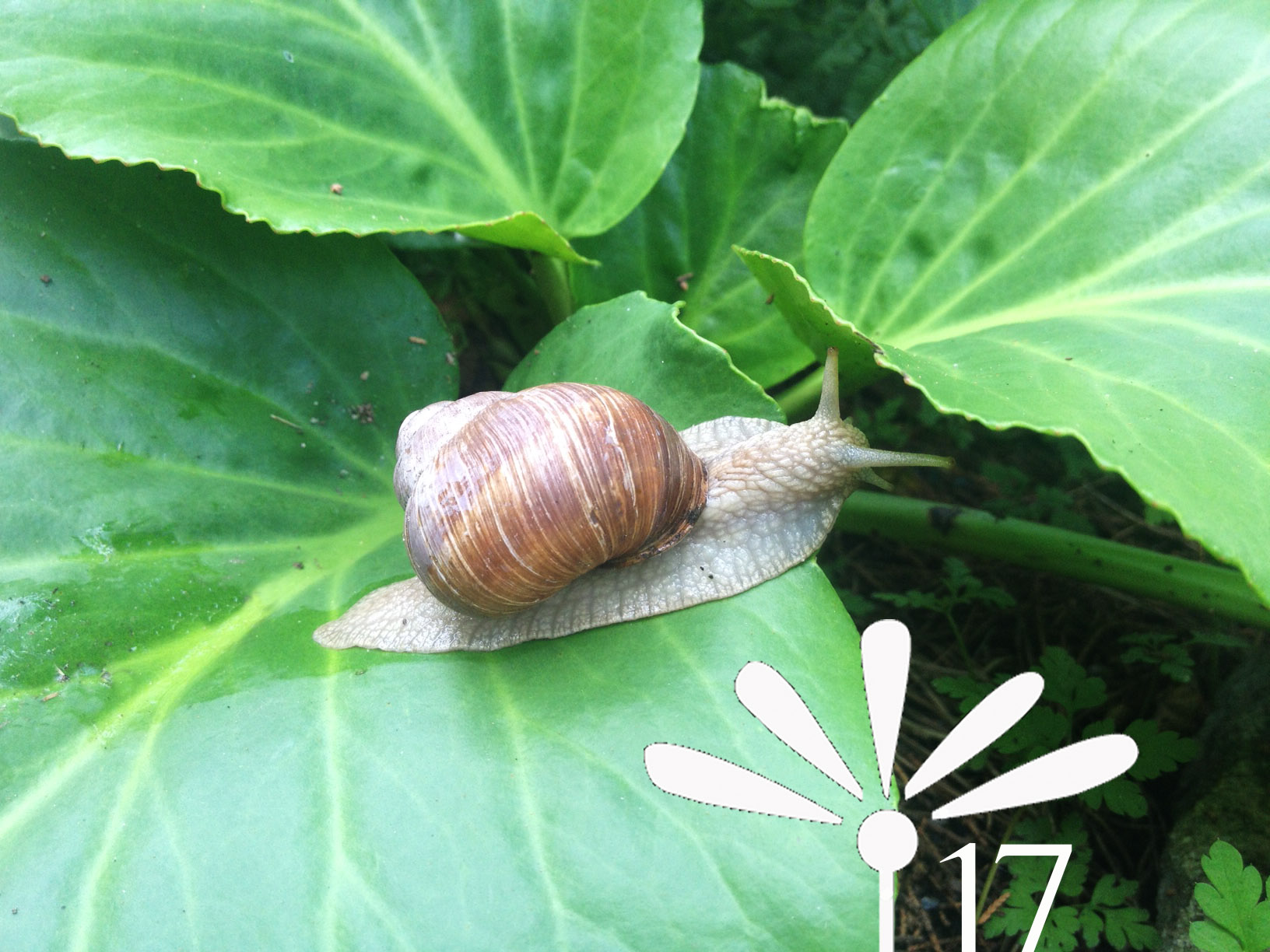NEW: on facebook now Datscha Radio 17
Read More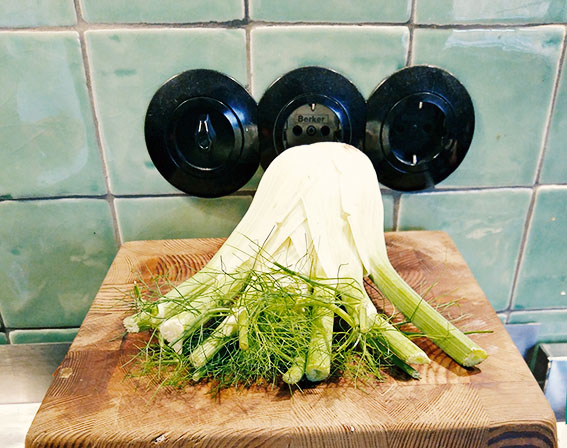
Photo: Ulrike Stöhring
Datscha Radio 17 is already collecting rain water, digging the soil over and sowing new sounds…. in order to be able to impregnate the ether with fabulous radio art in August. For this, the 5 ladies of the curatorial team connected to an electrified fennel and came up with a motto for each day of the festival:
Friday, 25th August: Hortus Politicus | The Political Garden
Saturday, 26th August: New Symbiosis | Plants, Fish and the Acoustic BBQ
Sunday, 27th August: Biotopes in Future Perfect | Life After the Abolition of Species
Monday, 28th August: Birds and Bees | Urban Gardening and Music For The Animals
Tuesday, 29. August: Subterranean Meditations | The Imaginary Garden
We will discuss, count rain drops and speak of bees and ants. We will savour radio streams from far away countries and fertilize the garden with sound collages. A more detailed programme schedule will be published soon. Go on now, ground your antennas and angle them towards Berlin-Rosenthal!
Read More

(Translation follows) Es ist offiziell: Ende August 2017 wird es ein neues Datscha Radio geben! Im Garten und auf der 88.4 berlinweit und 90.7 Potsdam. Mit der Unterstützung von Colaboradio vom Pi Radio Verbund Berlin and many others.
More info and updates come in the course of the next weeks.
Read More
He was a man of many interests, some great loves in his life and one obsession: PLANTS! Forthcoming soon are a documentation of the visit to the Melbourne herbarium at the Royal Botanic garden and interviews with Pina Milne, Managing Director of the Herbarium’s Collections and with Sara Maroske, a researcher, publisher and renowned expert on the biography of German botanist Ferdinand von Mueller, showcasing some of his handwritings and personal belongings.
Keep patient – translation and more images will follow.
Read More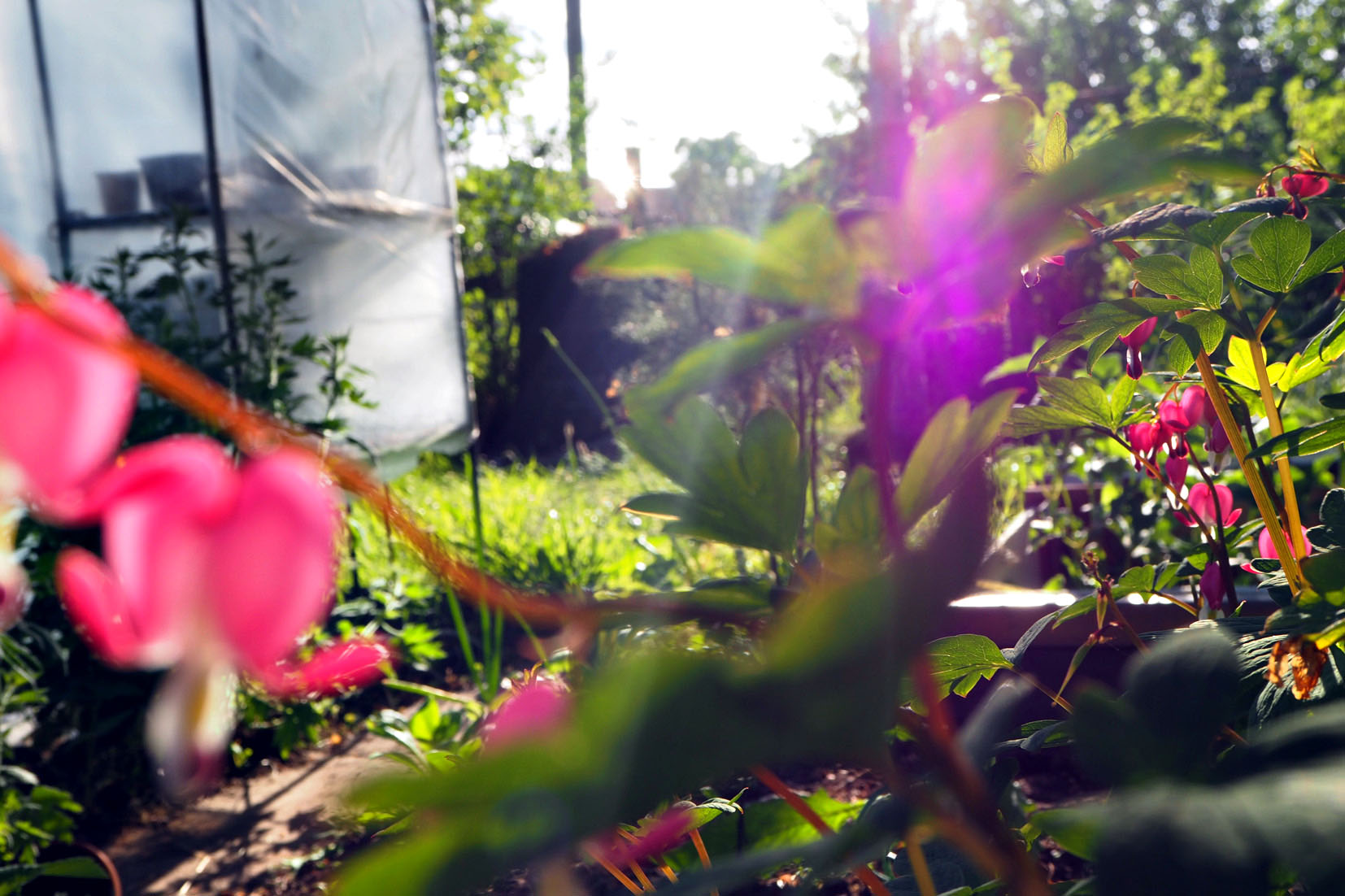
Actually it is still late spring… The Datscha experiences a wondrous tidying-up and amazing repairs (water !). The evening round brings lots of pinks and blues and the dance of three almost nude peony ballerinas.
Invalid Displayed Gallery
Read More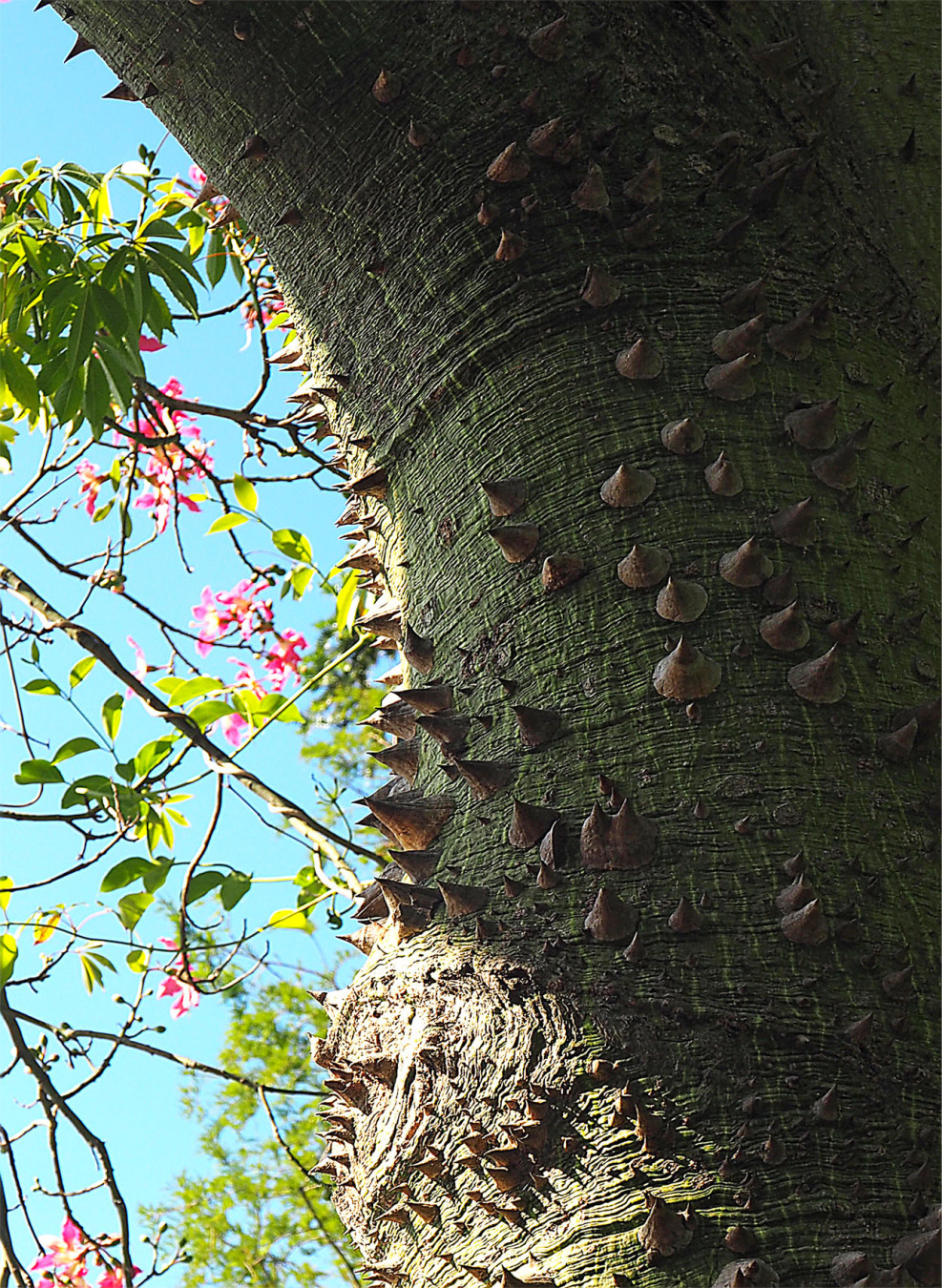 (Translation follows, sorry) Der Florettseidenbaum, gehörig zur Familie der Malvengewächse, Unterfamilie Wollbaumgewächse, verblüfft durch einen ausgesprochen wehrhaften Stamm… und Unmengen handgroßer pinker Blüten. Dieser hier begegnete mir im Royal Botanic Garden in Melbourne.
(Translation follows, sorry) Der Florettseidenbaum, gehörig zur Familie der Malvengewächse, Unterfamilie Wollbaumgewächse, verblüfft durch einen ausgesprochen wehrhaften Stamm… und Unmengen handgroßer pinker Blüten. Dieser hier begegnete mir im Royal Botanic Garden in Melbourne.

Es bleibt vielleicht zu erklären warum “Wollbaum” und erwähnenswert, dass der Stamm auch sehr bauchig werden kann, weil Wasser zu speichern vermag… (Interessierte können es aber auch selbst nachschlagen).
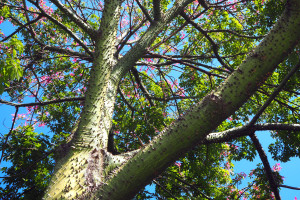
Australisch ist er ebensowenig wie die antarktische Buche, die mich wundern ließ, wie es denn Buchen am Südpol geben könne. Aber es ist ja auch eine “Scheinbuche” (Nothofagus antarctica), ordentlich eingereiht in die Familie der Scheinbuchengewächse und den “Buchenartigen” zugeordnet. Beide stammen ursprünglich aus Südamerika… und antarktisch meint hier der südlichen Halbkugel zugeordnet.
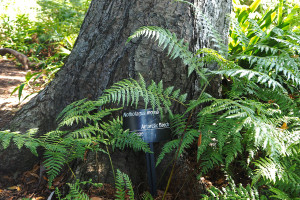
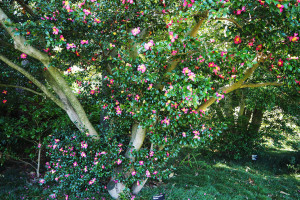
Unmöglich lässt sich die Fülle der Pflanzen in einem kurzen Eintrag wiedergeben, noch dazu, wo eigentlich Staunen viel schöner ist als Wissen…
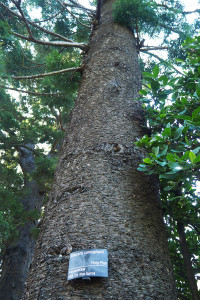
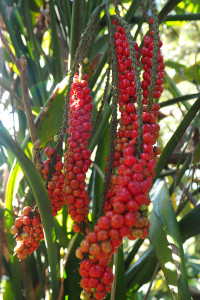
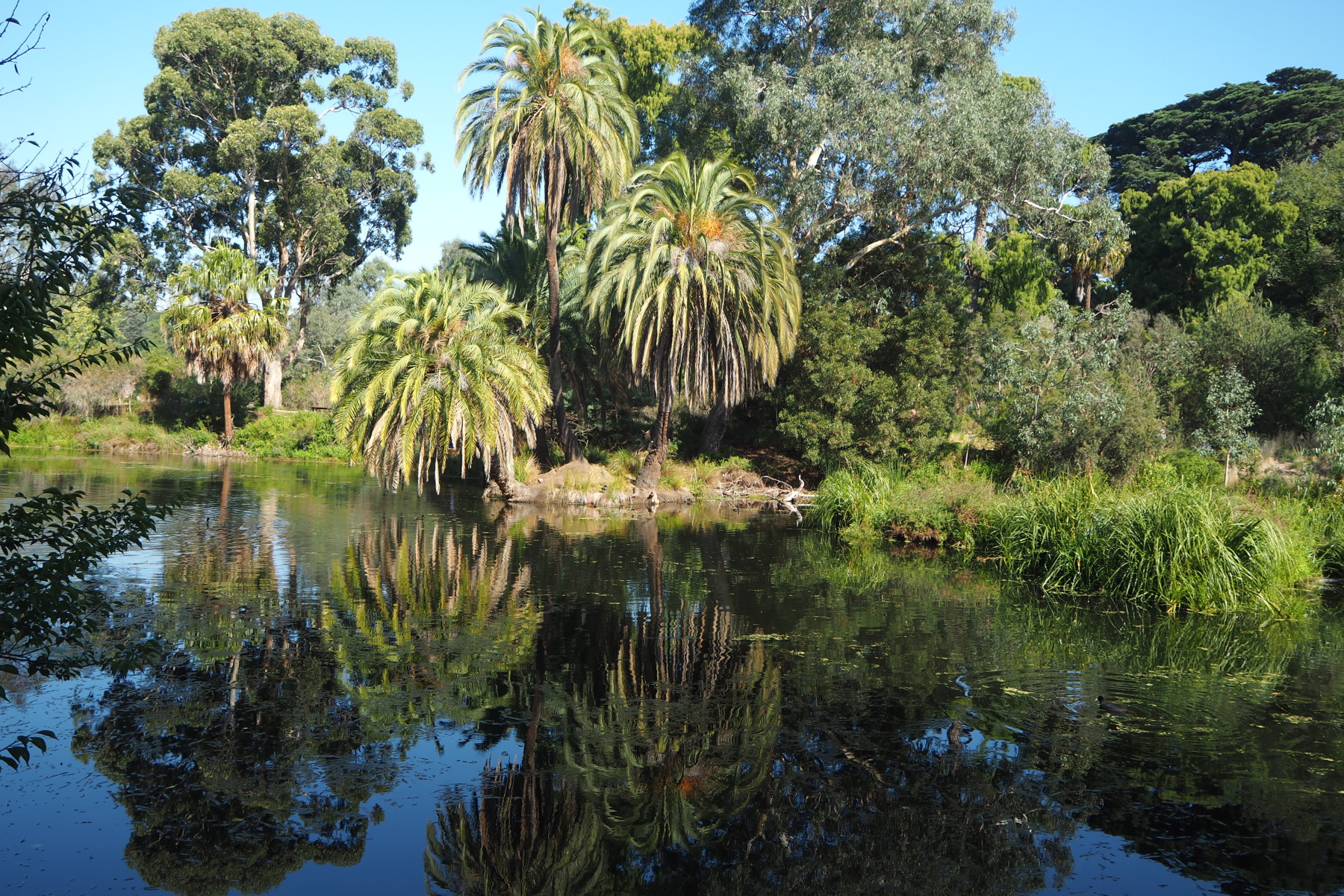
Der botanische Garten Melbournes ist ausgedehnt, sehr gepflegt und gewährt freien Eintritt. Er beherbergt außerdem eines der größten Herbarien der Welt, doch dazu später.
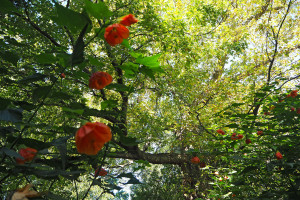
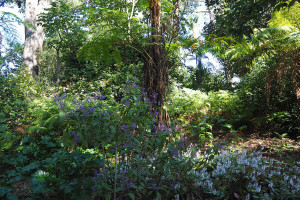

Obwohl in Melbourne fast kein Vorgarten ohne (englische) Rosen auskommt, haben sie im botanischen Garten eher Seltenheitswert. Es gibt einen umrankten Pavillion, dessen schattige Basis ganzen Büscheln von Aronstab Heimat bietet und einen kleinen, eher abgeschlagenen liegenden Parcours.
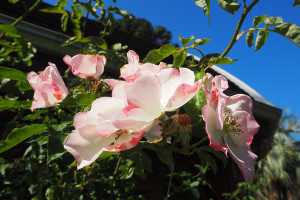
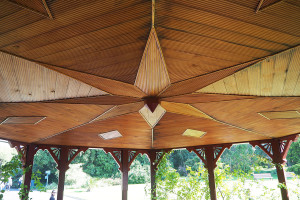
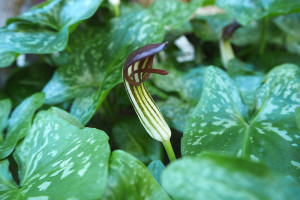
Das Augenmerk liegt – dem Klima entsprechend – auf Nachgestaltungen australischer (Wald)landschaften und pazifisch/asiatischer/afrikanischer Habitate sowie auf Sammlungen zu einzelnen Pflanzenfamilien: Kamelien, Clematis, Farne oder auch Eichen, Eukalyptus und Bambus.


Die Pfade sind gesäumt von vielgestaltigen Schönmalven (Abutilons), Kamelien, Begonien und anderen Gewächsen… um das wenigste zu sagen.
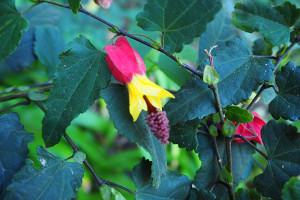
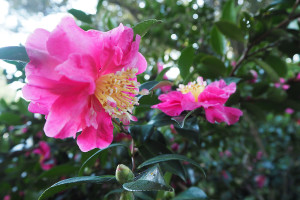

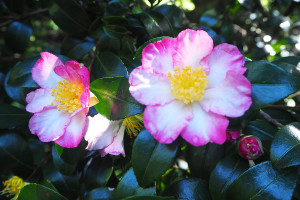
Gelegentlich liegen seltsame Früchte auf dem Asphalt und von fern, später in der Nähe, lassen sich die metallischen kurzen Pfiffe der Glockenhonigfresser (auch Glocken-Schwatzvögel oder eben [Manorina melanophrys) hören.


Also alles sehr idyllisch, vor allem früh morgens, wenn die Touristen noch schlafen. Hier noch einige Ansichten mehr – sowie die blaueste Blume von allen.
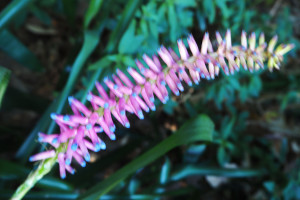

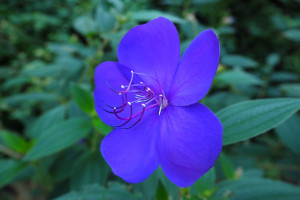
Read More
A secret garden is nestled in the alps, resting in the mountain off the Bogong High Plains Road that winds its way up to Falls Creek.
The arboretum was once a village of 17 huts that hosted the men and their families who worked on the Kiewa hydro scheme from the early 1940s before its damp and cold conditions were deemed a health risk in the 1950s and its residents moved back to Mount Beauty.
The huts were sold off and the place was flattened with the trees the workers planted left to thrive.
The arboretum has suffered losses in its years, 2003 bushfires wiped out 60 per cent of the trees and deer have prevented more trees from being planted until the local committee in charge can obtain metal guards to protect them.
Among the non-native trees you find the very European horse chestnut, Japanese Acorn, the Tulip tree and the inevitable Rhododendrons.
Full article, see:
http://www.bordermail.com.au/story/2165772/clover-arboretum-makeover-for-a-slice-of-heaven/
Vollständiger Text und Originalquelle:
http://www.bordermail.com.au/story/2165772/clover-arboretum-makeover-for-a-slice-of-heaven/
- Japanischer Ahorn
- Loose Blue Gum bark
- View with bench
- Sunny view of the Wellingtonia
- Magenta ghosts
- Tulip tree
- View without bench
- Wellingtonia
- Very active thistle!
- Cracked sign
- View without bench
- Lizards…
- Moss on walls
- Cracked signs
- Hidden corners
- Fantastic benches!
- View
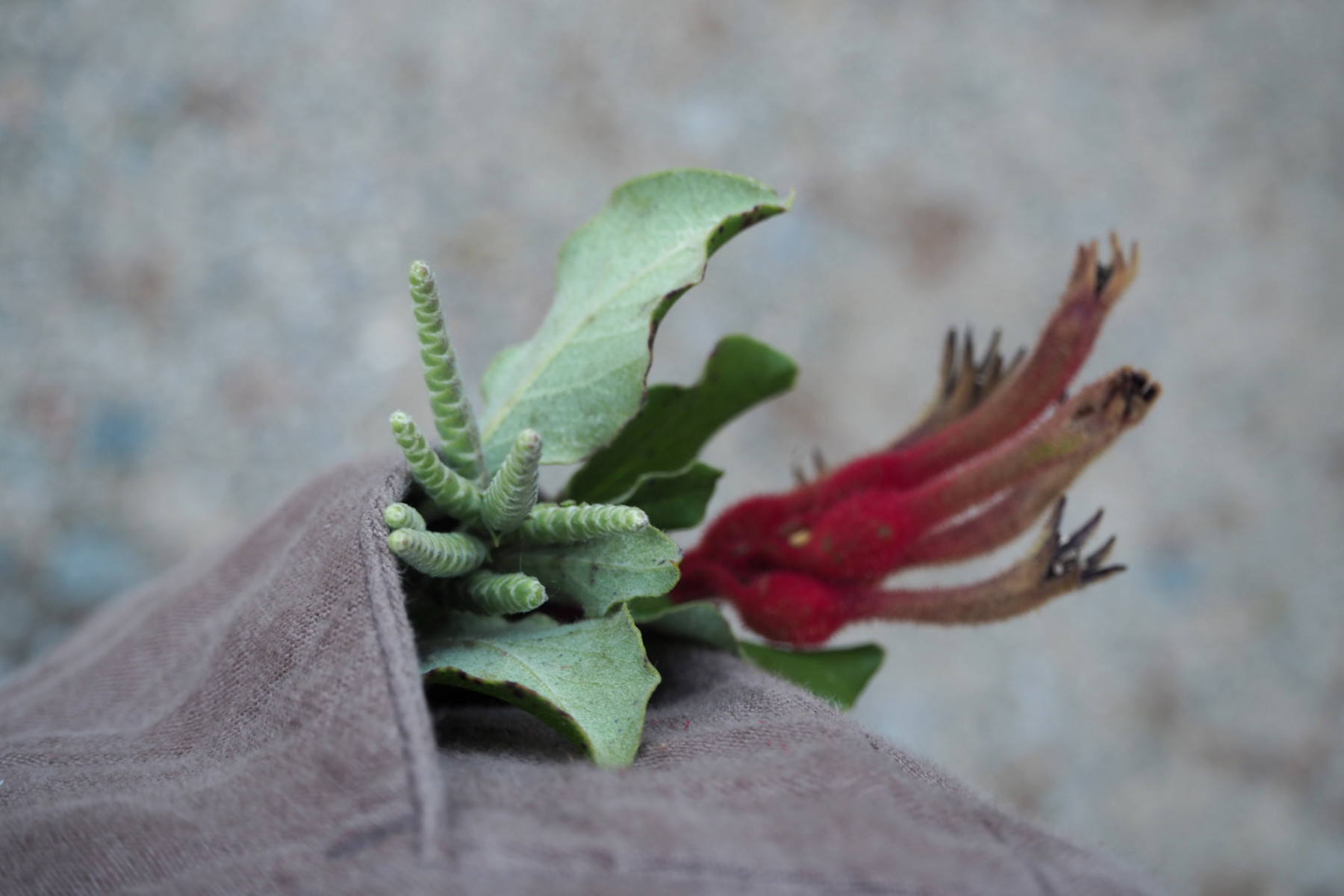
From next week on it will be again pick(ing)s from the wayside: weird kangooroo flowers, fake verbena, seemingly ordinary thistles and other plants gathered from the land around Bogong, Mt. Beauty and Falls Creek…

